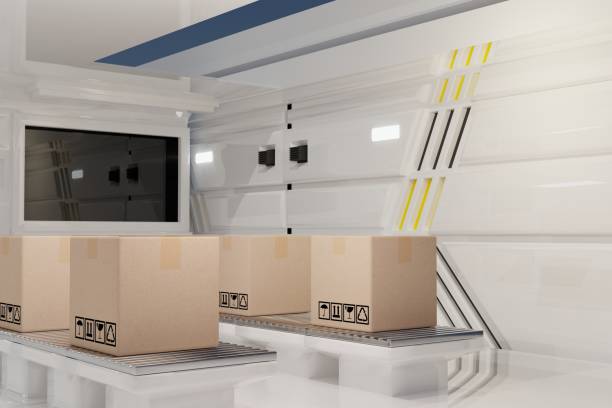Strategies for Energy Efficiency in Manufacturing Facilities
This article describes practical strategies for reducing energy consumption in manufacturing operations. It covers technology, process, and workforce approaches—including IoT sensors, automation, predictive maintenance, edge computing, and supply chain practices—to support measurable energy efficiency and sustainability goals.

Manufacturing facilities can achieve sustained reductions in energy use by integrating process improvements, targeted technology investments, and workforce development. Effective strategies consider equipment operation, facility systems, logistics, and procurement decisions while meeting compliance and sustainability requirements. This article examines device-level measures, plant-wide controls, and how data analytics and edge computing enable continuous improvement across production and support functions.
How can IoT, sensors, and telemetry cut energy use?
IoT devices, sensors, and telemetry provide continuous visibility into equipment and environmental conditions. Temperature, vibration, flow, and electrical sensors produce data streams that reveal inefficiencies such as idle equipment, compressed air leaks, or poorly tuned HVAC cycles. Targeted sensor deployment on high-energy assets enables condition-based controls and automated shutoffs. When combined with data analytics, telemetry supports anomaly detection and performance benchmarking so teams can prioritize retrofits and behavioral changes with clear metrics for return on investment and energy savings.
What role does automation and edge computing play?
Automation standardizes processes and reduces energy waste by eliminating unnecessary manual interventions and smoothing load profiles. Programmable logic controllers, variable frequency drives, and sequenced control can optimize motor speeds, reduce inrush currents, and coordinate equipment to avoid simultaneous peak demand. Edge computing processes sensor data locally, enabling faster control decisions with reduced latency and limited bandwidth needs. This combination improves responsiveness and resilience in production lines and material handling systems, supporting both energy efficiency and uptime objectives.
How do predictive maintenance and data analytics help?
Predictive maintenance uses sensor trends and historical data to anticipate failures and prevent performance degradation that increases energy consumption. Techniques such as vibration analysis, thermal imaging, and trending of electrical parameters identify assets that are operating inefficiently. Data analytics platforms correlate maintenance, production, and energy datasets to expose patterns—for example, an asset consuming excess power under certain load profiles—allowing teams to optimize maintenance schedules and prioritize energy-efficient replacements during procurement.
How can supply chain, logistics, and procurement reduce energy use?
Energy efficiency extends beyond the plant floor: supply chain design, logistics planning, and procurement decisions affect embodied energy and transport emissions. Consolidating shipments, optimizing routing, and improving inventory accuracy reduce transport-related energy. Procurement strategies that consider lifecycle energy, supplier sustainability practices, and material traceability can lower upstream energy intensity. Balancing just-in-time inventory against the energy costs of frequent shipments requires demand forecasting, inventory optimization, and collaboration with logistics partners to minimize unnecessary movements.
How to balance compliance, sustainability, and energy goals?
Regulatory requirements and sustainability targets often overlap with energy reduction efforts but require careful alignment. Facilities should establish baseline energy metrics, implement an energy management system, and document improvements for reporting and audits. Frameworks such as ISO 50001 provide structured approaches for continual improvement, measurement, and verification. Transparent traceability of energy data and consistent reporting practices help demonstrate compliance while ensuring operational changes maintain safety and environmental standards.
What upskilling and inventory strategies support efficiency?
Workforce training is essential to realize the benefits of sensors, automation, and analytics. Training programs that focus on energy-aware operating procedures, sensor calibration, and data interpretation ensure operators and maintenance staff can act on insights. Inventory management that prioritizes energy-efficient spare parts and standardizes components reduces the risk of inefficient temporary fixes. Cross-functional coordination among operations, maintenance, procurement, and sustainability teams aligns inventory and procurement choices with long-term energy efficiency objectives and traceability requirements.
A practical strategy for energy efficiency in manufacturing combines measurable technology deployments, process controls, and people-focused practices. Implementing IoT-enabled monitoring, automation with edge computing, predictive maintenance supported by data analytics, and optimized supply chain practices reduces energy intensity while improving reliability. Embedding compliance and sustainability into energy management programs ensures improvements are verifiable and repeatable, delivering operational and environmental benefits over time.





